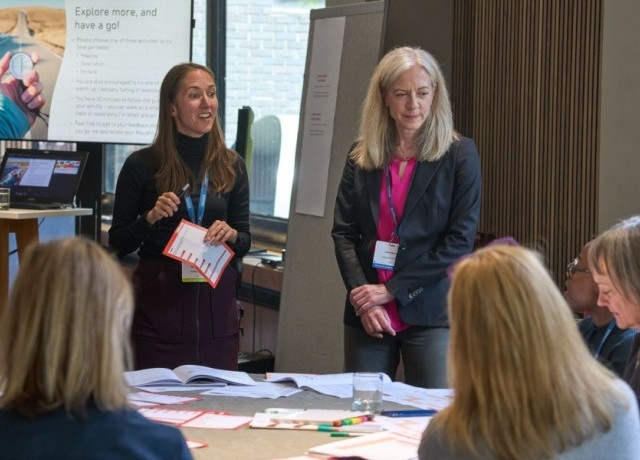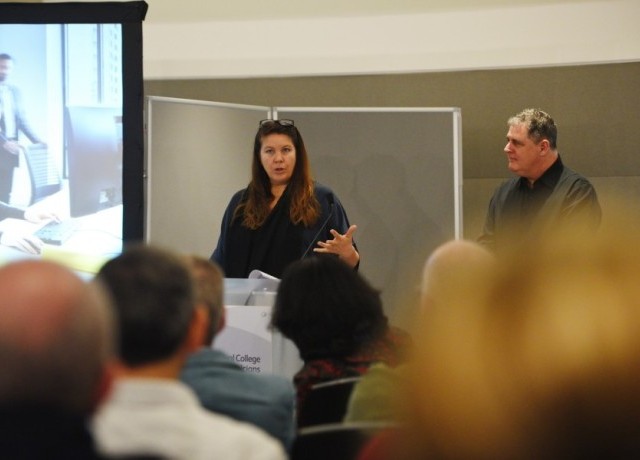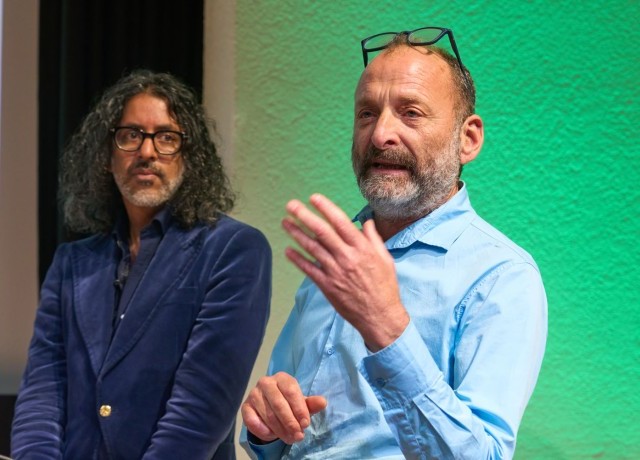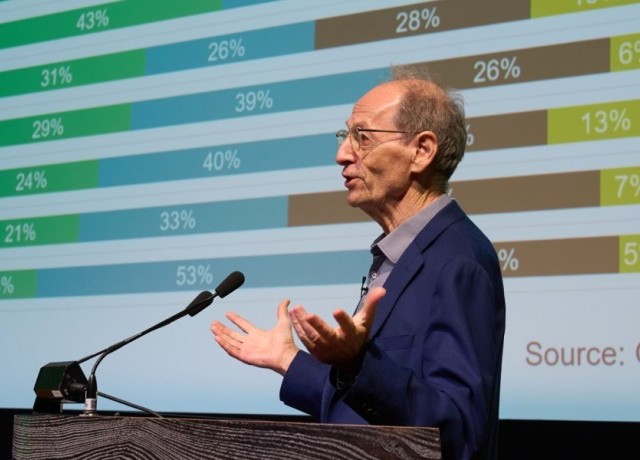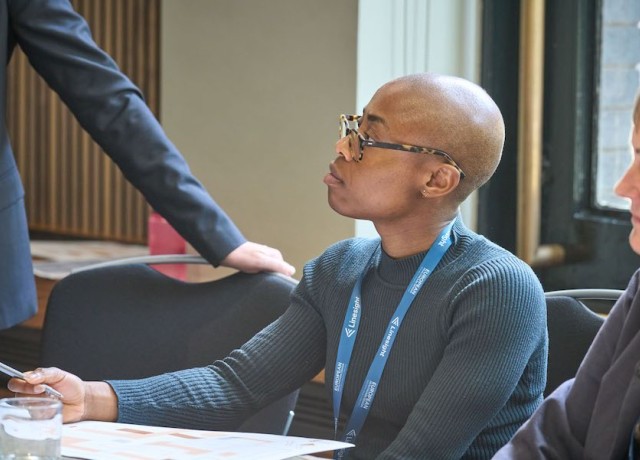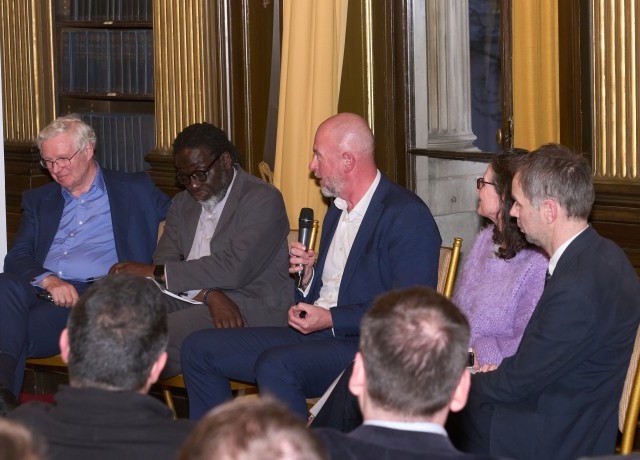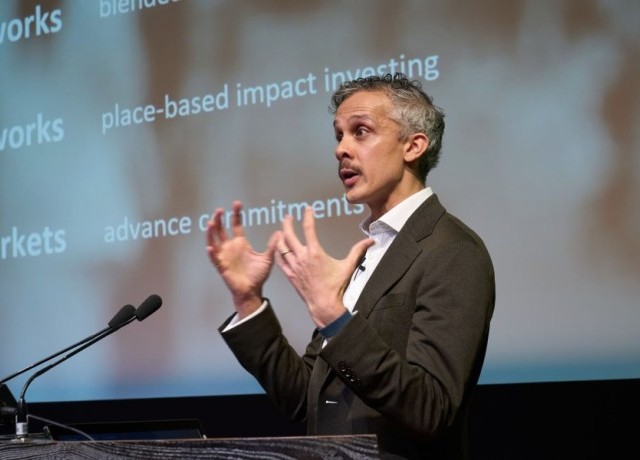
Keynote summary: Impact investing to promote health equity and improvement
Despite the plethora of reports on the cost of healthcare, health should be viewed as an asset not a cost – so challenged Kieron Boyle, chair of the Impact Investing Institute and CEO and Director of 100x Impact Accelerator, in his keynote speech to the opening plenary of European Healthcare Design 2025.
“We need to start viewing health differently – as a shared societal asset rather than as a fixed cost we cannot change,” he said. Good health is an asset to the economy and to the investors in the economy. Poor health is a liability.
According to the CBI, around 63 per cent of years lost to poor health in the UK is in the working-age population and that costs the UK around £300bn a year in lost economic output. Recognising the interplay between capital and health is key.
All capital has an impact – sometimes positive, sometimes negative, frequently both. What that means is that we can reshape flows of capital to create better health. But to do so will require new thinking, Boyle explained. Old models won’t fix new challenges. It’s time to rethink how we build health.
Impact capital
A growing area of investment is ‘impact capital’ – money that is aligned to achieving a positive impact. It promotes the idea of universal ownership, where investors recognise that they ‘own’ part of society and therefore have a responsibility to improve it, and solutions-focused businesses.
However, there are three things holding it back, according to Boyle. Firstly, what he calls ‘the membrane problem’: the capital is out there but the ticket sizes are too big. Secondly, the time scale problem: investors are often working to a timeframe that is too short for the impact that could be achieved in the longer term. And finally, the ‘Ronseal’ problem: “Ronseal does what it says on the tin but how do we know what the real impact is. There is a lot of greenwashing out there and there is a lot of health washing out there too.”
Nevertheless, Boyle foresees rapid growth in impact investment. Developments in AI are likely to be transformational in impact investing and impact investing in health, as they are about specifying, measuring and managing outcomes, as well as reducing the costs of impact capture and improving the ability for verification.
Health investor’s toolkit
The toolkit for the health investor, Boyle suggests, is about matching the right tool to the challenge – such as the following.
- Funding innovation: catalytic grants (for example, the Good Food Fund which aims to improve health in some of the most deprived areas of London by investing in healthier snacking brands at more affordable price points) and outcomes payment contracts (such as the social outcomes partnership in Haringey and Barnet).
- Getting capital moving: guarantees and assistance (such as the NHS LIFT programme and the UK Infrastructure Bank).
- Scaling what works: blended finance (eg, the Dementia Discovery Fund, using finance from public, philanthropic and commercial investors to fund research on dementia).
- Spreading what works: place-based impact investing in the needs of specific communities.
- Creating markets: advance commitments in response to early signals of demand and/or need.
To achieve capital for impact requires a mindset shift – from controlling to catalysing, from buying output to investing in outcomes and from short-term fixes to long-term system change. The emergence of impact investment will start to collapse and converge the boundaries between state and market, align different mandates and create different forms of working, mobilising and melding partnerships and shared expertise.
If we want 21st century health, then we need 21st century capital to follow suit, Boyle concluded.
To watch the full talk, click here.
Event news
Actions to improve urban renewal and health equity
2nd September 2024
A vision for Liverpool: Putting people’s health first
2nd September 2024
Investing in urban renewal and health equity
21st March 2024
Health equity: Marmot Cities
20th March 2024



